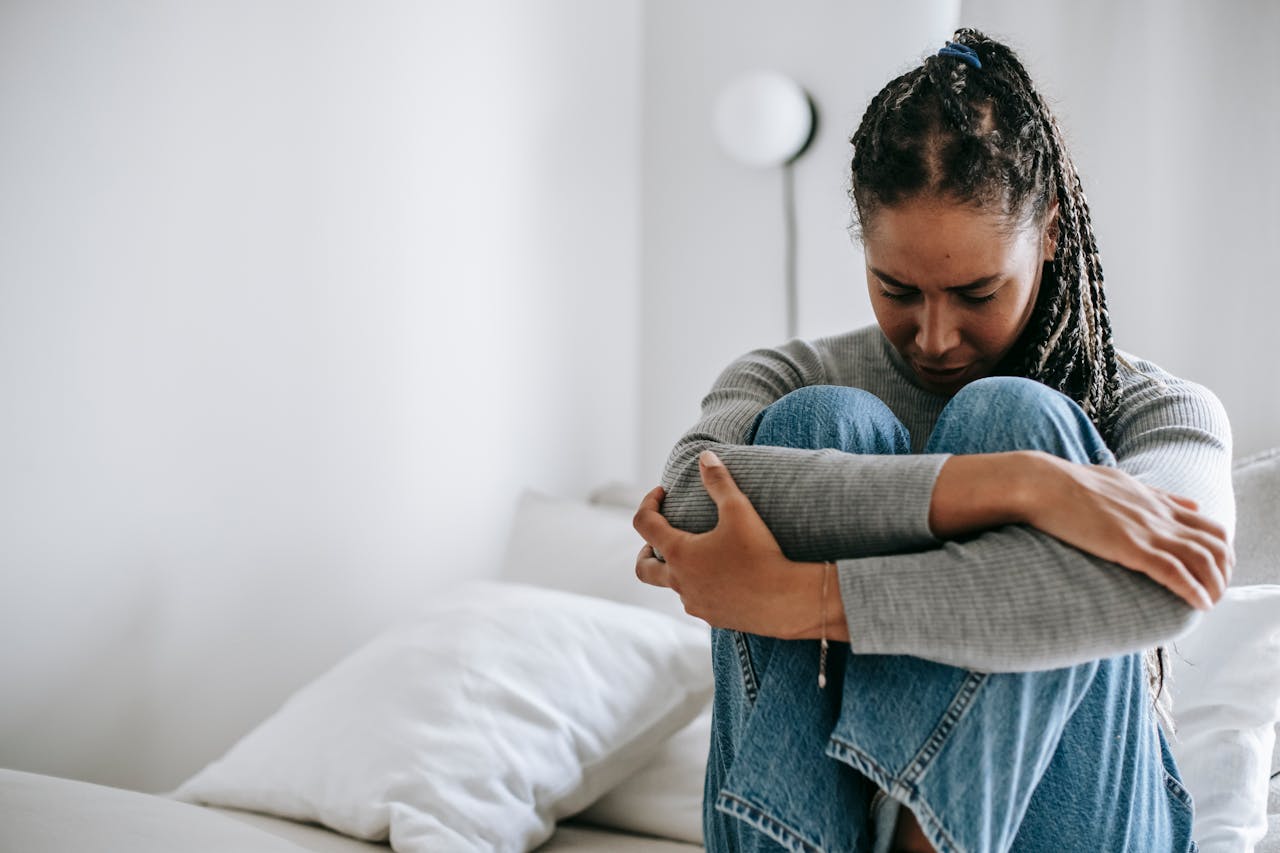CDC data suggests that over 50 million people experience chronic pain every year in the US. Physical pain can take its toll on your mental and emotional well-being, as well as making even the most basic everyday activities more challenging. If you’re dealing with pain, this guide contains proactive tips to help you cope.
Seek medical advice
The first thing to do if you experience long-term pain or symptoms that are getting worse is to seek medical advice. Whether you’re recovering from an accident or injury, or you’ve had pain for months with no obvious cause, it’s wise to get checked out. Sometimes, it’s not possible to pinpoint an underlying cause, but often, it’s possible to diagnose and cure health conditions or utilize treatments to manage symptoms. The healthcare professionals you see will depend on the severity of your condition, your symptoms, your health status, and your treatment preferences. You may be advised to wait and see if your symptoms improve or try physical therapy, or you may be referred for specialist treatment, such as a surgical procedure.
Explore pain relief solutions
There are multiple treatments, therapies, and solutions you can try to alleviate or eliminate pain. It’s important to understand that everyone is different, and certain measures or methods recommended by others may not work for you. You may need to try a range of products or therapies to find something that is effective. In recent years, pain support with CBD & THC has become more common. CBD is generally recommended for helping people feel more relaxed and easing acute symptoms of discomfort, while THC can be beneficial for chronic pain. Ice and heat therapy, massage, and targeted exercises can also reduce pain. It’s beneficial to seek advice from your doctor or a professional, such as a physical therapist, before trying new treatments or supplements.
Try distraction techniques
We often experience heightened symptoms of pain when we stop. It’s common to be more mindful of pain when you try to get to sleep or you sit and rest after work. Distraction techniques take your mind off the symptoms you’re experiencing, providing a new focal point. You may decide to call a friend, watch TV, listen to music, go for a gentle walk, spend time outside, do a puzzle, or play online games, for example. Some hobbies or activities may be more effective than others. Figure out what works for you and try to keep busy without giving yourself too much to do or think about.
Developing coping mechanisms
If you live with chronic pain, you will probably endure good and bad days. When your pain intensifies, it’s helpful to use coping mechanisms to help you manage. You can try self-help techniques or explore therapies, such as CBT (cognitive behavioral therapy). Examples include exercise, meditation, being in nature, and talking to a therapist, friend, family member, or partner.
Millions of people experience chronic pain every year. In many cases, there are no quick fixes, but there are steps you can take to try to manage symptoms and protect your mental health. Examples include seeking medical advice, exploring pain relief solutions, trying distraction techniques, and employing coping mechanisms.





One alternative that works for me is Kratom, especially the chocolate squares. Low dose Naltrexone is also another alternative that is gaining ground. I agree that distractions can help, as well. My go to is prayer, meditation, and worship music.
Thank you for sharing these additional options. I am glad to hear that they work for you. Prayer, meditation and worship music are the most important things you can do.
I have been in constant pain most of my adult life. I can honestly say from experience that if I didn’t have my faith in God, I would have committed suicide years ago! I had to fight these same feelings again when I lost my 2 brothers and husband!
The devil loves to make you feel like you’re all alone! You are NOT!
Sure, follow your doctors’ orders,
but remember they are NOT the ultimate physicians! Your creator, God IS! HE loves to hear from His children and knows what is best for them!! Most times, we don’t understand what His plans are for us! That’s where faith comes in!! It’s a constant battle!! Stay strong and keep reading His Word- the Bible! He will give you PEACE BEYOND ALL UNDERSTANDING!!